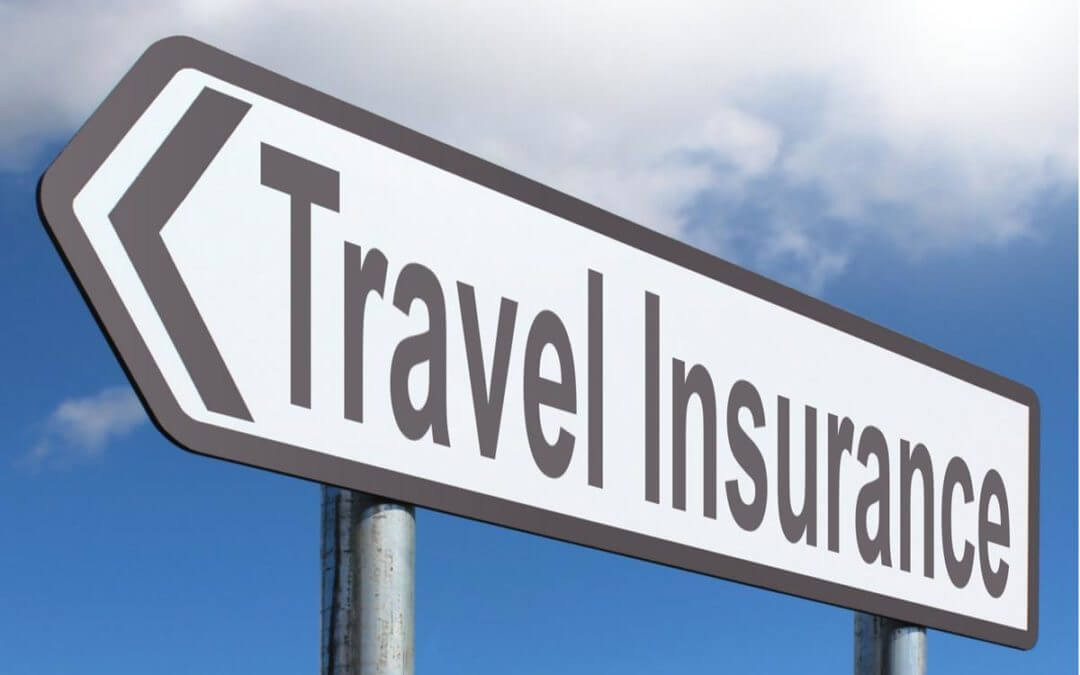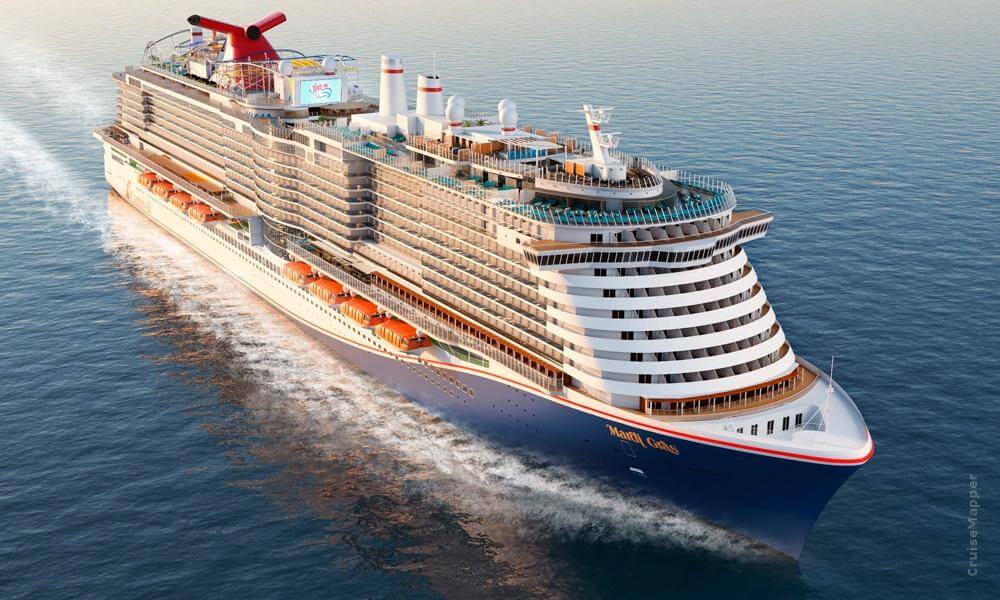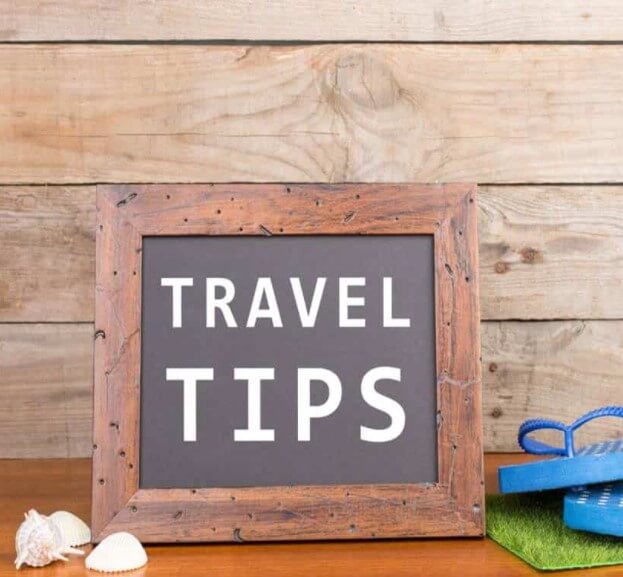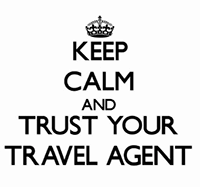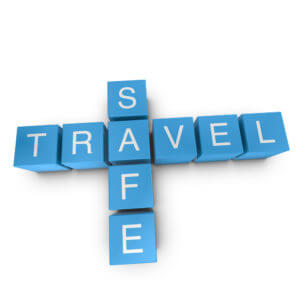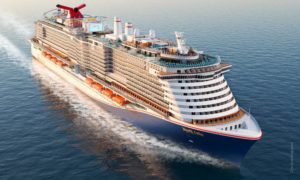
Carnival’s newest ship, XL class MARDI GRAS is almost ready to launch, and we want to invite you to come.
We are not going in a travel agent capacity, we will not be doing much hand-holding, (this is our vacation too), but y’all are welcome to come. ?
The ship has some features worth pointing out:
Ultimate Playground
Summer Landing
Cool stateroom features

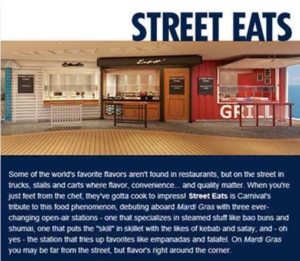

Being its Carnival’s flagship, and bringing back the first cruise ships name, they have high ambitions for this ship.
I have expectations for it to be less of a Booze cruise, and more of an experience.



Info from Carnival….
Mardi Gras sails in 2020 with a nod to where we’ve been and a salute to where we’re headed. Our vision involves inspiring you to have a great vacation! When we launched our first ship, 1972’s TSS Mardi Gras, we knew we were shaking things up. We made cruising a lot less stuffy, a bit less fancy, the kind of fun everybody could enjoy. Nobody expected this ship to change the cruise world, but here we are! In 2020 we’ll be launching a brand-new ship with a familiar name. You guessed it: Mardi Gras. We aren’t just paying homage to our first ship — in cruising circles this name suggests innovation, signals the start of something big. And it shouts “fun!” at the top of its lungs. Everybody can enjoy Mardi Gras, sailing from Port Canaveral in 2020!
“The new Mardi Gras will follow the trailblazing lead of her predecessor, introducing features and technological innovations that have never been seen before on a cruise ship while setting a new standard for seagoing vacations.” – Christine Duffy, president of Carnival Cruise Line
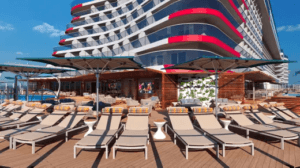
Carnival Cruise Line announced some details about the ship, including that it will have 20 decks and six themed zones.

The themed zones include Grand Central (Decks 6-8, midship), French Quarter (Deck 6, rear), La Piazza (Deck 8, midship), Summer Landing (Deck 8, rear), Lido (Decks 16-17, rear) and The Ultimate Playground (Decks 18-20, rear).
The Ultimate Playground will include the largest and most elaborate Carnival WaterWorks aqua park in the fleet, as well as an expanded SportSquare. It also will feature BOLT: Ultimate Sea Coaster, the first roller coaster at sea, where riders will travel along an 800-foot-long track as speeds of nearly 40 miles per hour.
The accommodations on Mardi Gras will include more than 20 stateroom categories and multiple levels of suites.
Carnival said the Mardi Gras also will include the most expansive open decks on any Carnival ship, and an atrium that will serve as the hub of the ship.
https://www.youtube.com/watch?v=TtAZY0LXGgs
Pricing:
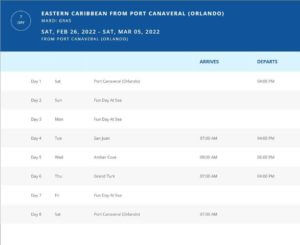
Double occupancy, with taxes and fees included.
Pricing is per couple.
We have several categories booked at a special price.
Balconies start at $2300
Interior start at $1675
Includes a $100 OBC per cabin
Suggested deposit is $250 P/P
Rest due by Nov 29, 2021
There may be other rates available as well.
Contact me for other room categories for more, or less, than 2 people, or any other questions.
We only have Limited space at these prices which will go up as they sell out
Other categories may be available to be booked into the group as well. Email
bruce@myapollotravel.com
for more info.
The benefits of booking as an Apollo Travel group are free On board credits, dining together and customized excursions.
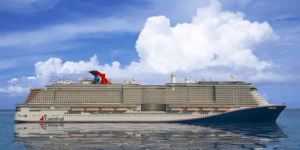
Sailing March Feb 26, 2022

Misc facts:
Ship: Mardi Gras (First ship to not be named CARNIVAL something)
Year Built: 2020
Class: XL
Length: 1130
Guest Capacity: 6,630
Cruising Speed: 17 knots
The 180,000-ton “XL-class” Mardi Gras will have a maximum capacity of 6,500 passengers and about 2,000 crew members. It will be the first cruise ship based in North America to be powered by liquefied natural gas.
Port Canaveral is building a two-story, 188,000-square-foot cruise terminal that will be used by the Mardi Gras. It is part of the port’s largest single construction project in its 65-year history – the $163 million Cruise Terminal 3 complex on the port’s south side that also will include a 1,800-space parking garage.
—————————————–
Basic Suggested addons:
Gratuities: $98 pp
Cruise Insurance : $129 p/p
